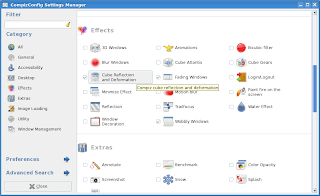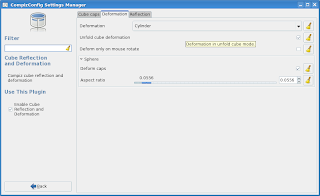below is the step-by-step process:
1. Open MCC (Mandriva Control Center) and then select Network & Internet (left frame) and then open Setup a new network interface.
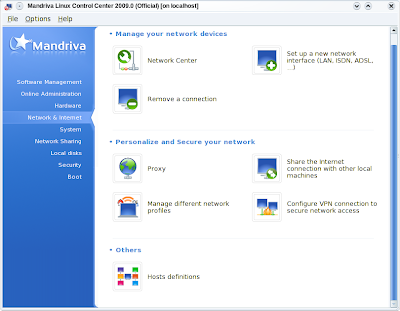
2. Select GPRS/Edge/3G and click Next button.
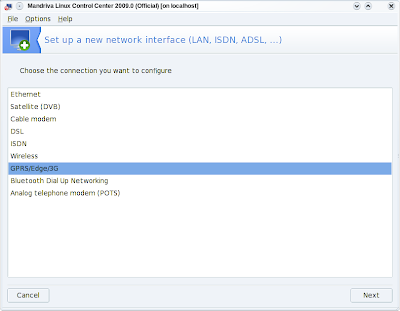
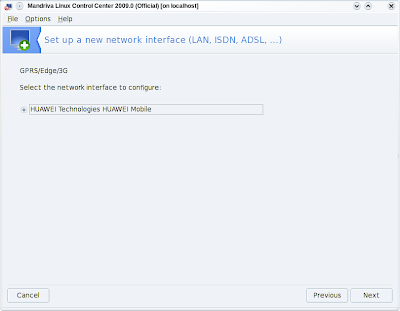
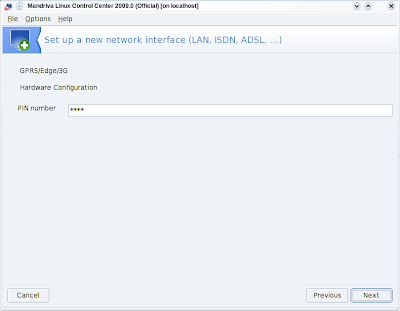
5. This dialog opens and you can just click Next.
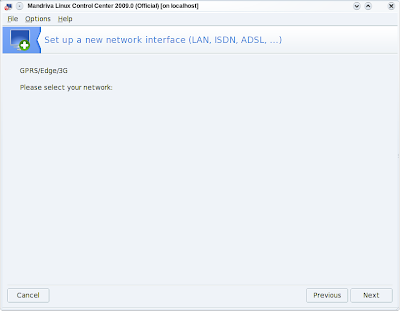
6. Select the option as below and then click Next.
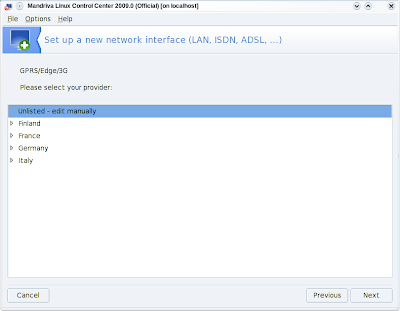
7. For dialog as below, just leave all fields blank. Click Next.
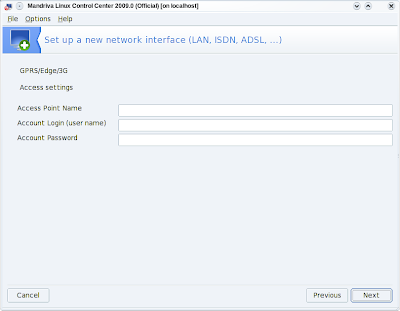
8. Finish. A window will appear telling you that the settings has been configured successfully. Click Finish button to close it.
9. You can see the /var/log/messages on what's been going on and important info like IP address, APN, netmask, gateway and handshakes during the connection process.
Example log:
Dec 21 23:50:42 localhost ifup-ppp: pppd started for ppp0 on /dev/ttyUSB0 at 115200
Dec 21 23:50:42 localhost pppd[2605]: pppd 2.4.4 started by root, uid 0
Dec 21 23:50:49 localhost pppd[2605]: Serial connection established.
Dec 21 23:50:49 localhost pppd[2605]: Using interface ppp0
Dec 21 23:50:49 localhost pppd[2605]: Connect: ppp0 <--> /dev/ttyUSB0
Dec 21 23:50:53 localhost pppd[2605]: Could not determine remote IP address: defaulting to 10.64.64.64
Dec 21 23:50:53 localhost pppd[2605]: local IP address 10.58.182.246
Dec 21 23:50:53 localhost pppd[2605]: remote IP address 10.64.64.64
Dec 21 23:50:53 localhost pppd[2605]: primary DNS address 202. 188.0.133
Dec 21 23:50:53 localhost pppd[2605]: secondary DNS address 202.188.1.5
That's all there is to it. Good luck guys!


